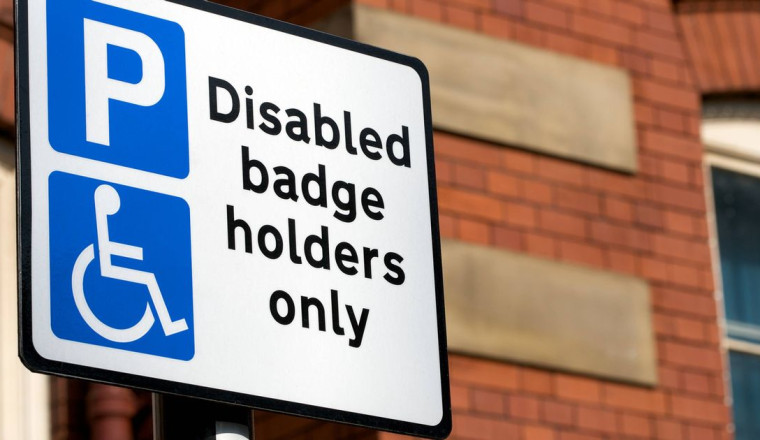
Blue Badges can be a lifeline for people with disabilities or health conditions, allowing them to park closer to their destination. However, many drivers may not realise that some individuals automatically qualify for a badge.
In England, Blue Badges cost up to £10 and in Scotland, they are priced at £20. In Wales, they are free of charge. You can apply for one for yourself, on behalf of someone else, or an organisation that transports people who require a Blue Badge. Typically, the badge is valid for up to three years. But what are the guidelines for applying for a Blue Badge and what is the eligibility criteria?
Here's a rundown of all the individuals who can automatically receive a Blue Badge, those who might get one if they meet the criteria, and the documents required for application. The list includes individuals who receive DWP disability benefits such as Personal Independence Payments (PIP), reports the Manchester Evening News.
The specific rules regarding PIP and Blue Badges are detailed below. More information can be found here. And you can apply for a Blue Badge here.
You automatically qualify for a Blue Badge if you are aged three or over and at least one of the following applies:
The Department for Transport says: "If you have any score other than 10 points under descriptor E, in the ‘planning and following journeys’ activity of PIP you may still be eligible for a Blue Badge, but you do not automatically qualify. This includes if you have a higher score of 12. You will have to provide evidence to demonstrate your eligibility which will be assessed as part of your application."
You may be eligible for a badge if one or more of the following applies:
The Department for Transport states: "Your local council will decide if you are eligible for a badge. They cannot start the assessment process until they have all the necessary evidence. It may take 12 weeks or longer to assess your application. If they decide that you are not eligible and you think that they did not take account of all the facts, you can ask them to consider your application again."
If you are eligible because you receive one of the benefits mentioned above, you will need to provide proof of benefits. For PIP, you’ll need to know the scores from the mobility assessment and the award end date (if applicable).
You’ll also be asked to provide proof of the PIP award. This would be the three pages from the letter from DWP, which clearly shows - entitlement to PIP (front page), assessment scores (second to last page) and mobility scores (last page).
For DLA, you’ll need to know which rate of the mobility component you receive and the award end date (if applicable). You’ll also be asked to provide proof of the DLA award. This should be the most recent letter from DWP, which clearly shows - mobility rating, certificate of entitlement to DLA and the date of the letter.
The Department for Transport explains that if you are applying without one of the benefits, the application will need to be assessed by the issuing local council. To help assess the application, you’ll be asked to provide extra information depending on the answers you give when you are checking eligibility.
If you cannot walk or find walking difficult or you have a non-visible (hidden) condition, you will be asked to provide details of any relevant medication that is taken, relevant treatments that you receive or are due to receive, and healthcare or associated professionals that have been involved with the treatment of your condition. You will be asked if you want to upload supporting documents. This could be prescriptions, diagnosis letters or correspondence between professionals that treat your condition.
If you cannot walk or find walking difficult, you will also be asked questions around how your condition affects your walking. If you have a non-visible (hidden) condition, you will also be asked questions around how journeys between your vehicle and destination are affected by your condition. More details are available here.














